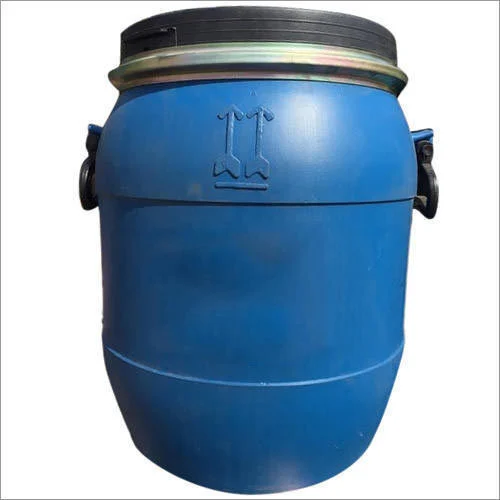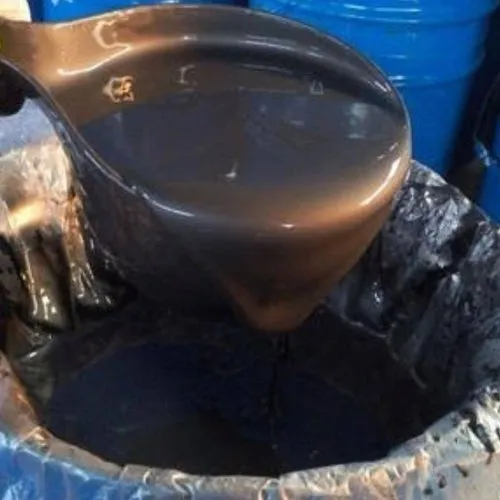Blog
Graphite vs Steel Shaft: Key Differences and Advantages
Graphite vs Steel Shaft choosing the right golf club shaft, the decision often comes down to graphite vs steel shaft. Understanding the differences between these two types of shafts is crucial for improving your game and optimizing performance. In this guide, we’ll delve into the various aspects of graphite and steel shafts, exploring their benefits, drawbacks, and how they can impact your overall golfing experience.
Graphite vs Steel Shaft: Performance Considerations
Graphite vs Steel Shaft: Understanding the Basics
Graphite shafts are known for their lightweight nature, which can enhance swing speed and overall distance. On the other hand, steel shafts are traditionally heavier but provide greater stability and control. This section will explore the performance aspects of both shaft types to help you make an informed choice.

Graphite Shafts: Advantages and Disadvantages
Graphite shafts offer several advantages, including:
- Lightweight Design: Graphite shafts are lighter than steel, which can lead to increased swing speed and longer shots.
- Shock Absorption: Graphite has excellent shock absorption qualities, reducing vibrations and providing a softer feel at impact.
- Customizable Flexibility: Graphite shafts come in various flex options, allowing golfers to choose a shaft that best suits their swing style.
However, there are some drawbacks to consider:
- Cost: Graphite shafts are typically more expensive than steel shafts.
- Durability: While improving, graphite shafts can be more susceptible to damage from rough play or mishandling.
Steel Shafts: Advantages and Disadvantages
Steel shafts have their own set of benefits, such as:
- Stability: Steel shafts provide greater stability and control, which can be advantageous for golfers seeking precision in their shots.
- Durability: Steel shafts are known for their durability and can withstand rough conditions better than graphite shafts.
- Cost: Generally, steel shafts are more affordable compared to graphite shafts.
The potential downsides include:
- Heavier Weight: Steel shafts are heavier, which may reduce swing speed and distance for some golfers.
- Less Shock Absorption: Steel shafts transmit more vibrations to the hands, which can be less comfortable for certain players.
Graphite vs Steel Shaft: Choosing the Right Shaft for Your Game
Assessing Your Swing Style and Needs
When deciding between graphite and steel shafts, it’s essential to assess your swing style and personal preferences. Golfers with a slower swing speed might benefit from the lightweight nature of graphite shafts, while those with a faster swing speed may prefer the stability offered by steel shafts.
Consider Your Playing Conditions
Your typical playing conditions can also influence your choice. If you often play in challenging environments or rough courses, the durability of steel shafts might be a better option. Conversely, if you prioritize distance and a lighter feel, graphite shafts could be more suitable.
Budget and Investment
Budget considerations are another crucial factor. While graphite shafts offer advanced technology and benefits, they come with a higher price tag. Steel shafts are a cost-effective alternative, providing excellent value without compromising on performance.
Graphite vs Steel Shaft: Making the Right Choice
Testing and Fitting
The best way to determine the right shaft for you is through a professional fitting. Testing different shafts and getting personalized recommendations can help you find the perfect match for your swing and playing style.
Consulting with Experts
For more detailed advice and to ensure you make the most informed decision, consider booking a free consultation session with our expert. Our specialists can provide tailored recommendations based on your unique needs and preferences.
Conclusion
In the debate of graphite vs steel shaft, the right choice depends on your specific needs, swing style, and budget. By understanding the benefits and drawbacks of each type, you can make a more informed decision that enhances your performance on the golf course. For personalized guidance, book a free consultation session with our expert and get professional advice tailored to your game.
FAQS
Certainly! Here are detailed answers to each of your questions:
Is it better to have steel or graphite shafts?
The choice between steel and graphite shafts depends on individual preferences and playing style. Each type has its own advantages:
- Steel Shafts: Known for their stability and control, steel shafts are often preferred by golfers who prioritize accuracy and a consistent feel. They are generally heavier, which can benefit players seeking a more controlled swing.
- Graphite Shafts: These are lighter and can help increase swing speed and distance. They also absorb vibrations better, providing a softer feel and reducing strain on the hands and wrists. Graphite shafts are ideal for players who want to maximize their distance and enjoy a lighter, more forgiving shaft.
Ultimately, the best choice depends on your personal preferences, swing style, and specific needs.
Do PGA pros use steel or graphite shafts?
PGA professionals use both steel and graphite shafts, depending on their individual preferences and playing styles. Historically, steel shafts were more common among professionals due to their stability and control. However, many PGA pros now use graphite shafts, particularly in their drivers and fairway woods, to take advantage of the increased distance and lighter weight they offer. In general, professionals may use a combination of both shaft types in different clubs to optimize their performance.
Can you hit farther with graphite shafts?
Yes, many golfers can hit farther with graphite shafts. Graphite shafts are lighter than steel shafts, which can help increase swing speed and, consequently, distance. The reduced weight can allow for a faster swing, potentially resulting in longer shots. Additionally, graphite shafts often have greater flexibility options, which can also contribute to improved distance for some players.
Can high handicappers use graphite shafts?
Yes, high handicappers can benefit from using graphite shafts. The lighter weight of graphite shafts can help improve swing speed and distance, which is often advantageous for high handicappers who may struggle with distance. Additionally, graphite shafts offer better shock absorption, reducing the impact on the hands and wrists and providing a more forgiving feel. Overall, graphite shafts can help high handicappers achieve better performance and comfort on the course.

